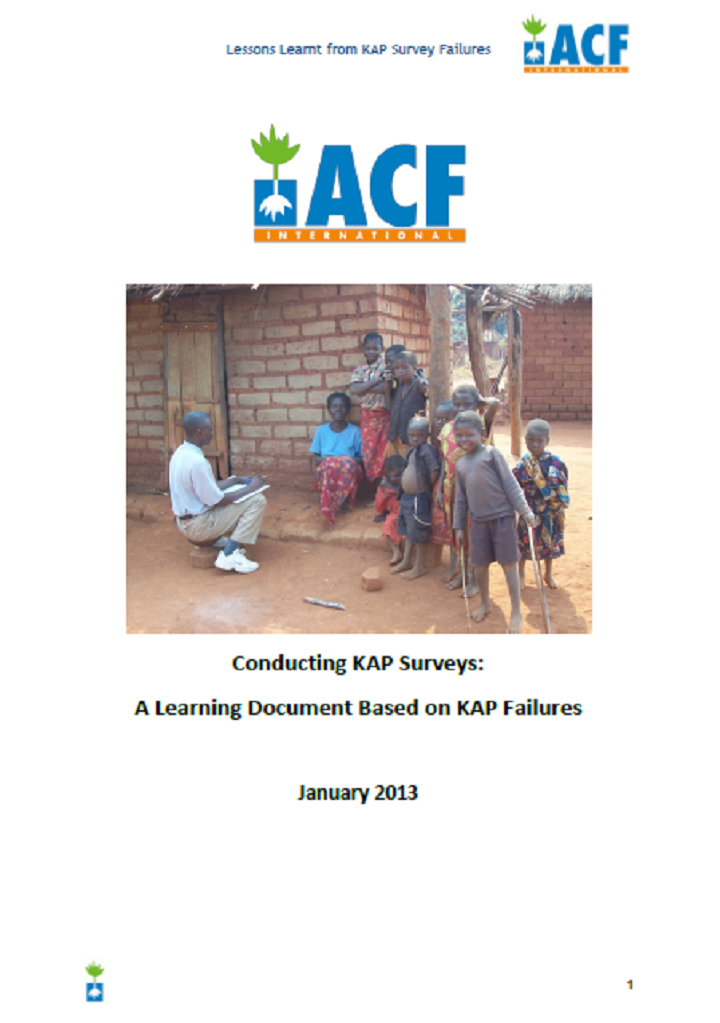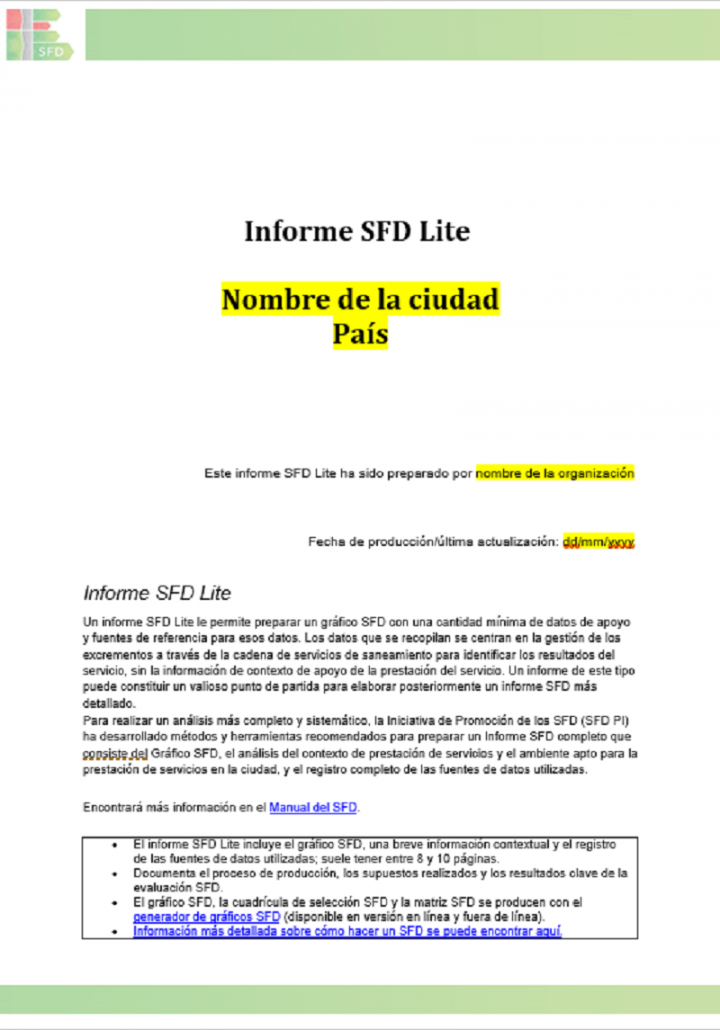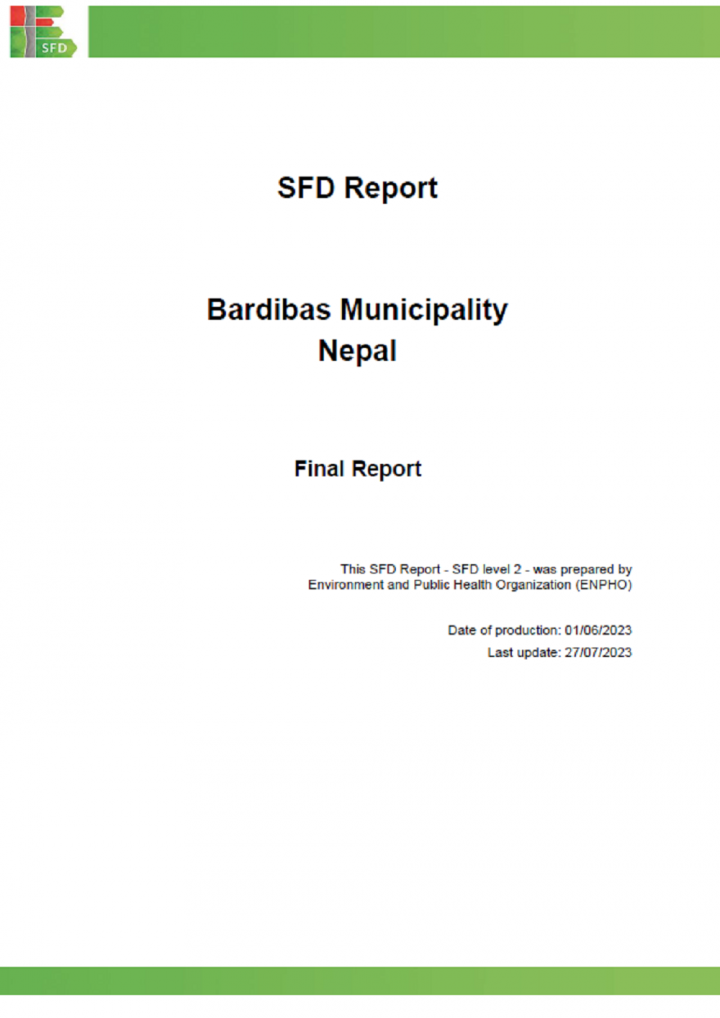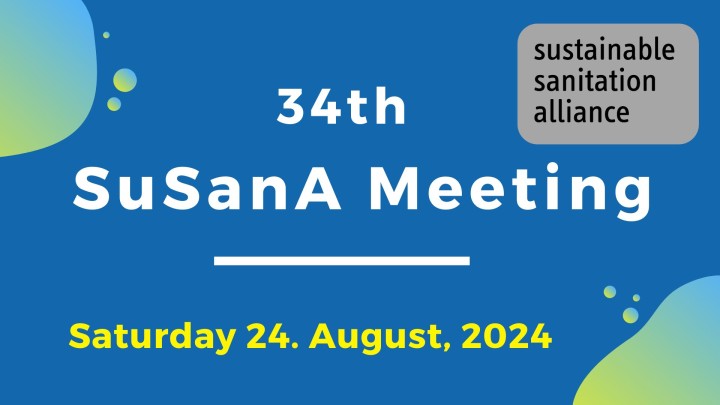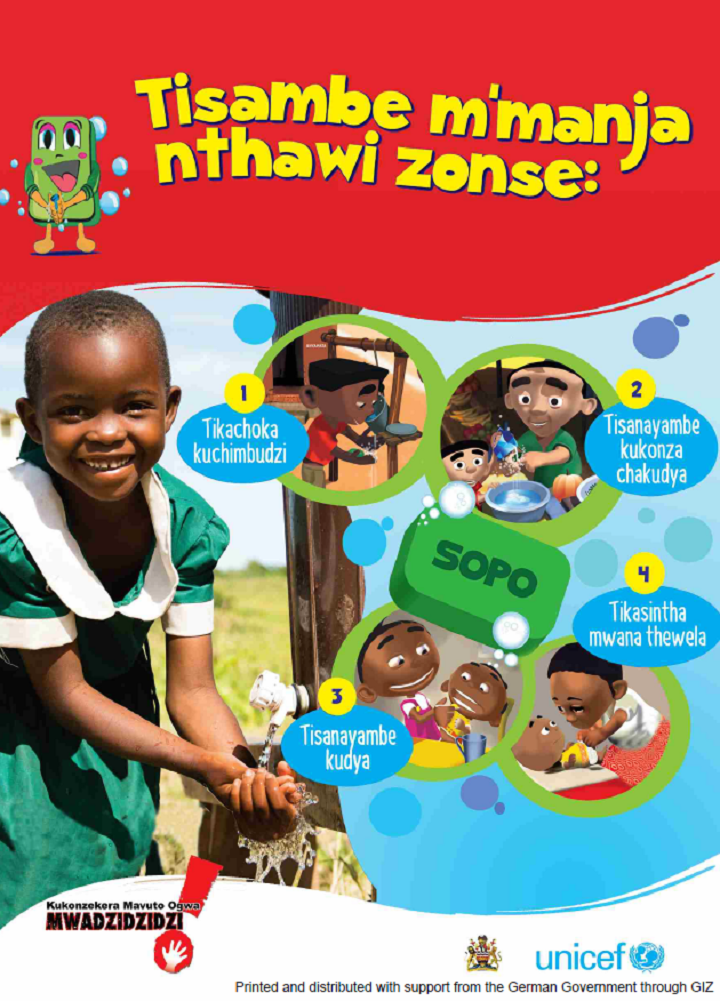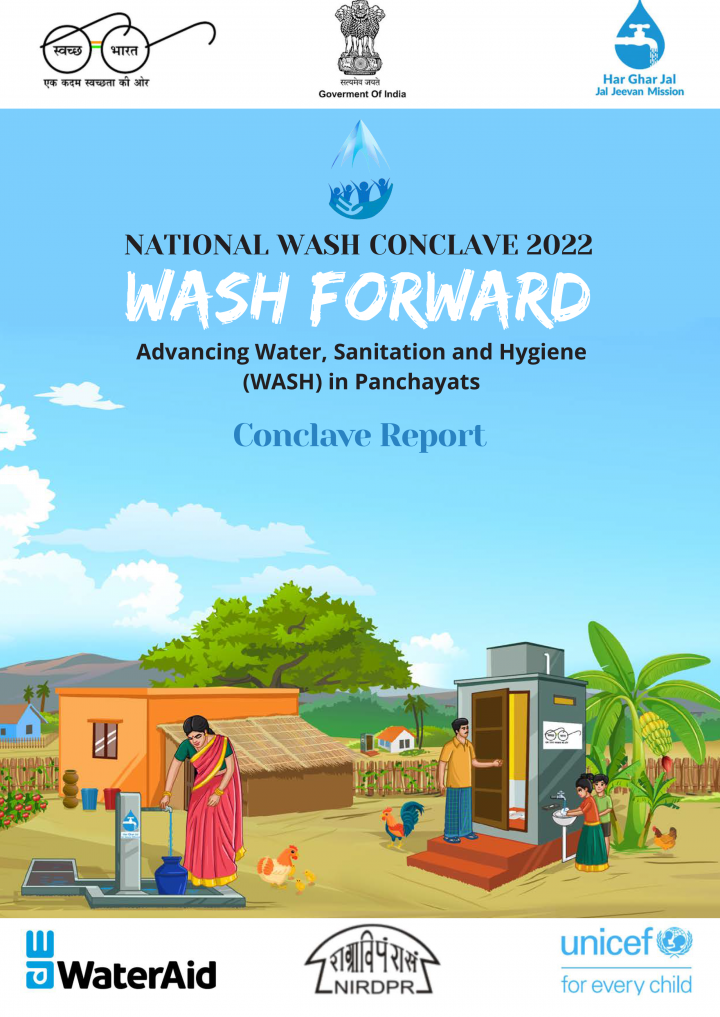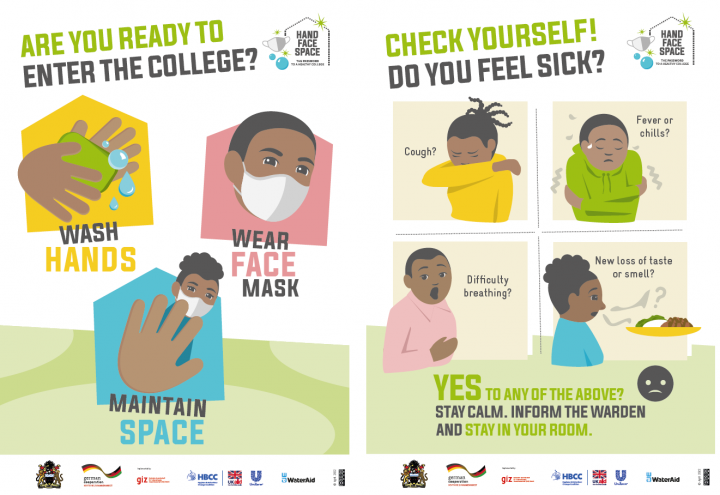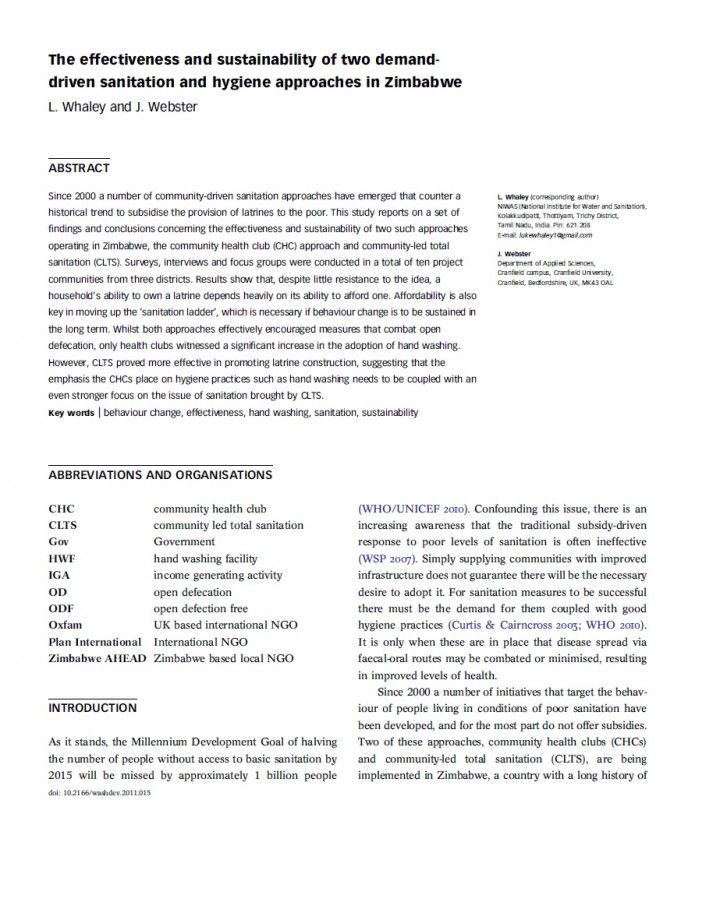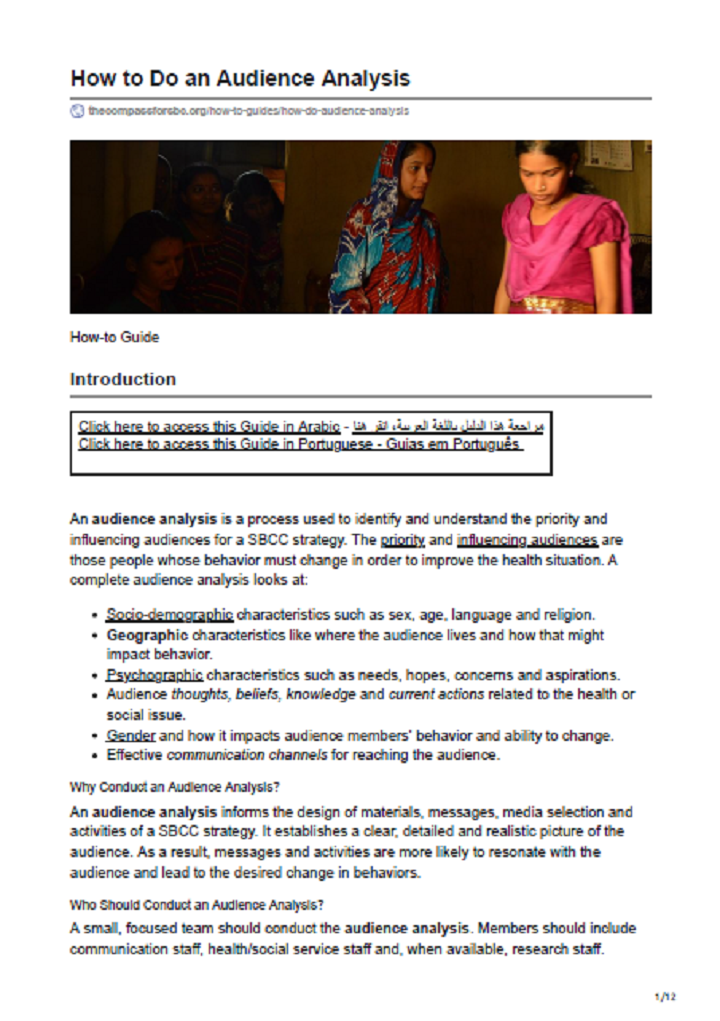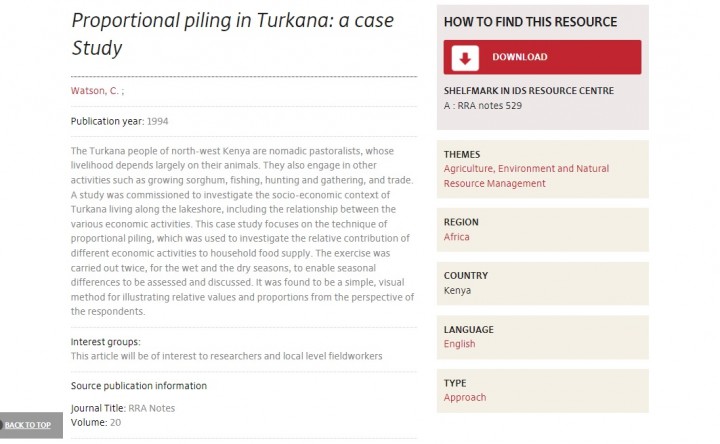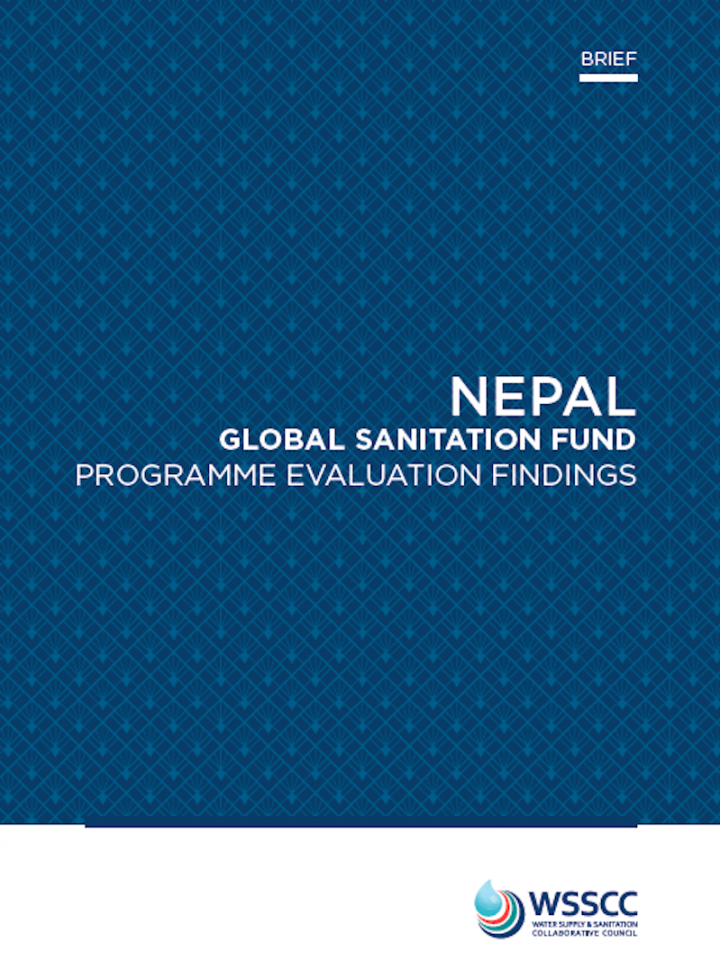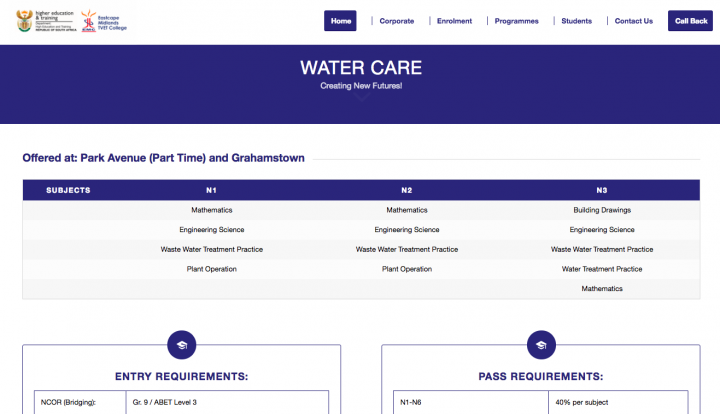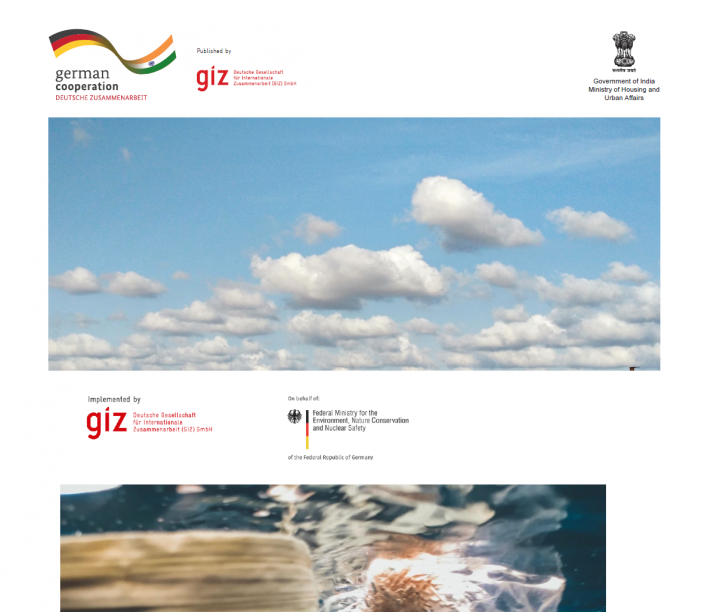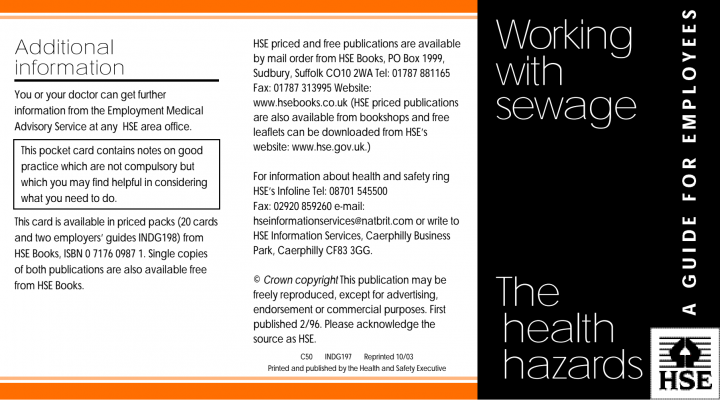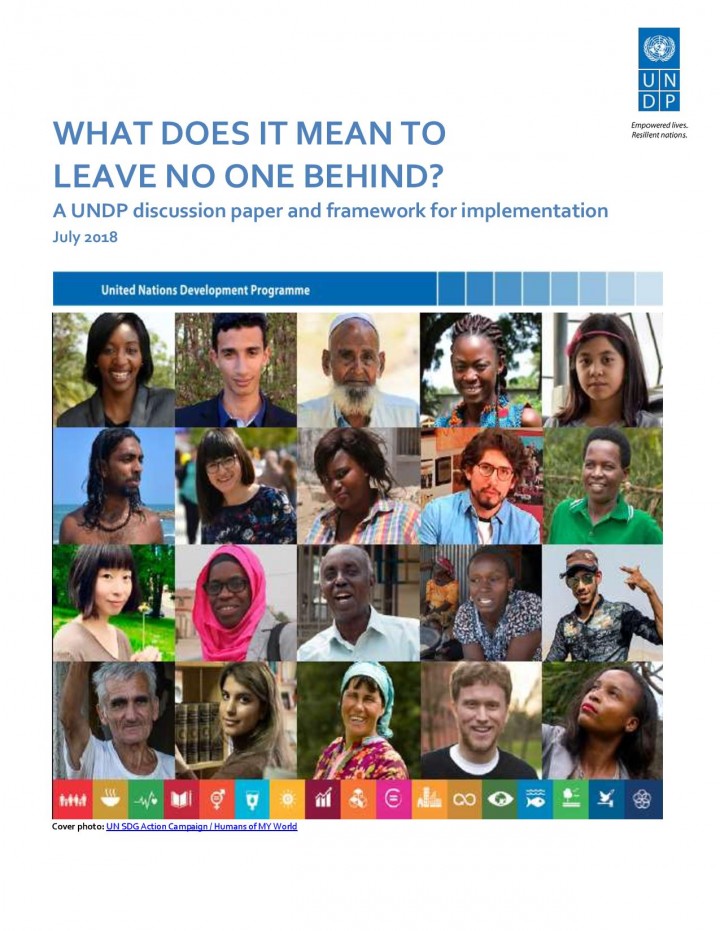Searching for information on Sanitation Workers?
The Sanitation Workers Knowledge + Learning Hub is the best source for all current news, trends, articles and updates on sanitation workers rights around the world.
Malangwa Municipality is in Sarlahi District, Madhesh province of Nepal. It has a total of 12 wards and covers an area of 30.44 square kilometres. The municipality was established in 2 March, 1987. It is bounded by Brahmapuri rural Municipality and Sonbarsa region of India in the east, Chakarghatta, Kaudena and Bishnu rural Municipalities in the west, Kabilasi Municipality in the north and …
Bardibas Municipality is located in Mahottari District, Madhesh Province of Nepal. It has total 14 wards and covers the area of 315.57 square kilometres. It is surrounded by Kamalamai Municipality of Sindhuli District in North, Aurahi and Bhangaha Municipalities in south, Dhanusha District in the east and Sarlahi District in the west. According to national population and housing census 2021, …
The 34th SuSanA meeting took place on 24th August 2024. It was organised by the SuSanA Secretariat with support and contributions from the Global Steering Commitee, SuSanA Partners, Members, Working Groups, Regional Chapters and many more.
This entry is the collection point of the different resources from the SuSanA Meeting, including recordings, presentations and program overview.
We once …
Since 2000 a number of community-driven sanitation approaches have emerged that counter a historical trend to subsidise the provision of latrines to the poor. This study reports on a set of findings and conclusions concerning the effectiveness and sustainability of two such approaches operating in Zimbabwe, the community health club (CHC) approach and community-led total sanitation (CLTS). …
Three volumes designed to assist workers in the field who are encouraging the development of self-reliant creative communities. The book has as its basic philosophy the belief that we should all participate in making this world a more just place to live in. Training for Transformation integrates the approach of Paulo Freire and how to put his method into practice, Manfred Max Neef's understanding …
The USAID/West Africa Municipal Water, Sanitation and Hygiene Activity (MuniWASH) is a five-year project currently operating in Benin and Cote d’Ivoire, which is funded by the United States Agency for International Development (USAID) and implemented by Tetra Tech. MuniWASH supports municipalities to provide sustainable water and sanitation services to vulnerable and underserved populations in …
An audience analysis is a process used to identify and understand the priority and influencing audiences for a SBCC strategy. The priority and influencing audiences are those people whose behavior must change in order to improve the health situation. A complete audience analysis looks at:
Socio-demographic characteristics such as sex, age, language and religion.
Geographic characteristics like …
Globally, investments concentrate on the construction of infrastructure (capital expenditure) with insufficient attention on the systems needed to make the water and sanitation infrastructure function properly: regulations, policies, monitoring, institutions and the people that provide WASH services at regional, district and municipal levels. The lack of non-capital expenditure and support for …
Tansen Municipality is one of the oldest municipalities in the country, established in March 1950. It is located in Palpa District, Lumbini Province. The Municipality has a total of 14 political wards. Tansen Municipality occupies an area of 109.8 square kilometres. The municipality has a total population of 50,792 with 23,414 males and 27,378 females (Census 2021, n.d.).
Palpa District was …
This manual contains training materials and handouts to enablefacilitators to rapidly prepare training for different levels of hygienepromoters.
It can also serve as a resource for self directed learning by both hygienepromoters and others involved in supporting or managing WASHinterventions.
The Turkana people of north-west Kenya are nomadic pastoralists, whose livelihood depends largely on their animals. They also engage in other activities such as growing sorghum, fishing, hunting and gathering, and trade. A study was commissioned to investigate the socio-economic context of Turkana living along the lakeshore, including the relationship between the various economic activities. This …
WSSCC's Global Sanitation Fund (GSF) Programme in Nepal was financed by WSSCC and implemented by UN Habitat Nepal. This evaluation brief seeks to provide a summative and a formative forward-looking analysis of the Programme. The analysis is framed around the Organisation for Economic Co-operation and Development's Development Assistance Committee (OECD DAC) evaluation criteria of relevance, …
Effective financing for drinking water, sanitation, and hygiene (WASH) are essential for the sustainable delivery of services. The UN-Water Global Analysis and Assessment of Sanitation and Drinking-Water (GLAAS) indicate that there are substantial gaps in our understanding and tracking of financing to the WASH sector. Financial reporting is often insufficient to enable sound, evidence-based …
Eastcape Midlands TVET College (EMC) in South Africa’s Nelson Mandela Bay is continuing to play a critical and meaningful role in skills development and the lives of its students in the Eastern Cape province.
EMC serves a highly industrialised urban area, part of the Nelson Mandela Metropole, as well as the rural western part of the province. This means that the college faces unique …
The Arborloo is a simple pit toilet using a shallow unlined pit between 1m and 2m deep, depending on soil type and firmness, which is protected at the surface with a ring beam made of concrete or cemented fired bricks. When the excreta is mixed with soil, leaves and ash the pit contents slowly change into a medium in which plants can grow. When the pit is nearly full the toilet superstructure and …
Current estimates based on a limited number of modelling studies suggest that globally some 9-10 million tonnes of plastics enter the oceans annually to become marine litter. Moreover, it is estimated that 15-20% of all plastics are entering oceans via riverine ecosystems of which 90% are contributed by 10 of the world’s most polluting rivers only. Two of these rivers are located in India, …
With the adoption of the 2030 Agenda, UN Member States pledged to ensure “no one will be left behind” and to “endeavour to reach the furthest behind first”.
This paper advances a framework that governments and stakeholders can use to act on their pledge in a way that enables and accelerates progress to achieve the Sustainable Development Goals (SDGs). It also seeks to inform the manner …

